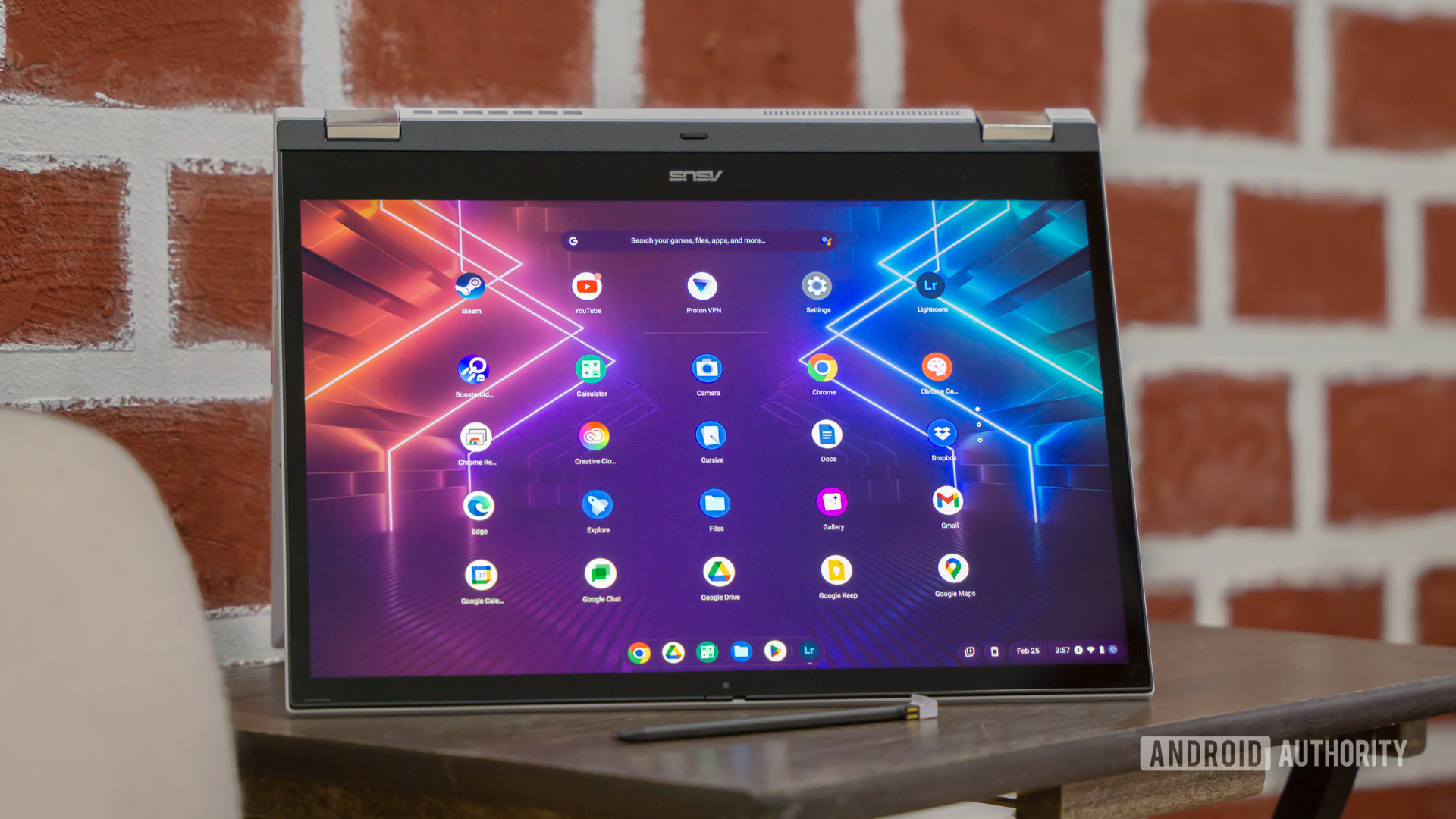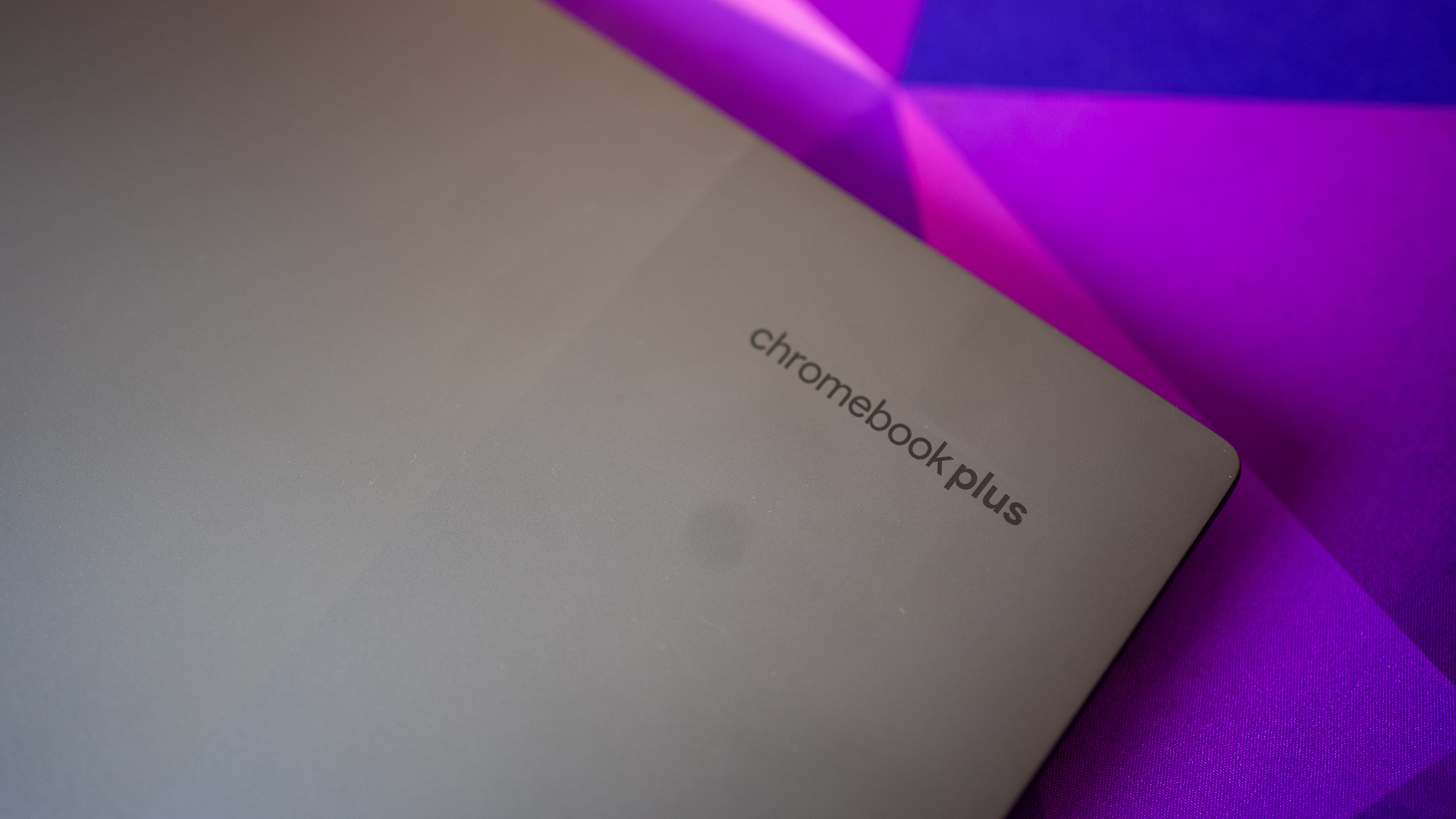Google says Chrome OS on Android was, sadly, just a fun proof of concept
- Google has confirmed that its project to run Chrome OS alongside Android was just a fun proof of concept.
- The company needed something to demonstrate the enhanced virtualization capabilities of Android 15, so they used Chrome OS.
- This is unfortunate, because many people were excited about the possibility of turning their phone into a portable Chromebook.
Earlier this week, we broke the news on an exciting new Google project that we uncovered: Ferrochrome. Ferrochrome is a special build of Chromium OS, the open source version of Chrome OS, that’s designed to run in a virtual machine alongside Android. In essence, this project would let you run Chrome OS on Android devices. We even managed to get it running on an actual Pixel phone! Sadly, Google confirmed to me that this project was basically just a fun proof of concept.
For a bit of context, I reported earlier this week that Google demonstrated Chromium OS running in a virtual machine on a Pixel 8 at a “privately held event.” This “privately held event”, from what I was told, was a conference where Google showed off the latest capabilities of the Android platform to its closest Android partner companies. At the event, Google talked about the latest virtualization features in Android 15, and they capped things off by showing a demo of a Pixel 8 projecting Chromium OS onto an external monitor.
Given the context of the event and how this project was shown off, I suspected it was possible that Google merely used the Pixel 8 as a test bed for Android 15’s virtualization capabilities and that they had no intention of ever shipping Chrome OS on any of their own devices. Unfortunately, that’s exactly what seems to have happened.
While at Google I/O 2024, I had the opportunity to interview Sameer Samat, President of the Android Ecosystem, and Dave Burke, VP of Engineering for the Android Platform, about Google’s latest Android announcements. (This interview, which was conducted on the Android Faithful podcast for which I’m a co-host, can be found below.) During the interview, I asked them about the Ferrochrome project and whether Google has any plans for it to go anywhere.
In response, Dave Burke started off by bringing up some context. As I previously mentioned, Ferrochrome is made possible by the Android Virtualization Framework (AVF), a feature added in Android 13 that provides a secure and private execution environment for highly sensitive code. Burke brought up why this is necessary: Historically in Android, a lot of secure computing is done in something like TrustZone, which is a secure enclave on many ARM CPUs. However, he says that TrustZone isn’t as safe as virtual machines, which offer a cleaner, safer way to run compartmentalized secure code. Thus, over time, Google is working to move more and more code from TrustZone into virtual machines, and they’re constantly upgrading the Android Virtualization Framework to make it more and more capable.
In Android 15, Google updated the Android Virtualization Framework to support running graphical operating systems in a VM with GPU acceleration. To test and demonstrate this new capability for partners, Google had to pick a graphical operating system, and what better choice than the other operating system they already develop?
“And so then we were like, ‘we need to do a demo, what would be really cool?’ ‘Let’s put Chrome OS in there, that would be really funny!’ Like, like, could that really work? And it works! But that’s as far as it went. It’s a tech demo. What we’re excited about is the virtualization technology.”
— Dave Burke, VP of Engineering for the Android Platform, speaking on the Android Faithful podcast.
Sameet Samat followed up by mentioning that this was a “really cool challenge” for the team to solve to really push the new capability. As to whether this project was going anywhere, Samat said that “a lot of things in Google start like this,” where someone thinks of a cool way to demonstrate some new capability. That’s where project Ferrochrome is at right now, sadly. It’s a really, really cool tech demo to show off the enhanced virtualization capabilities of Android 15.
I really wish it was more than that, though. When I first heard of Ferrochrome, I was more excited by it than anything I expected to come from I/O. I was far from alone in my excitement, as Android Authority’s own Rita El Khoury penned an editorial about how Chrome OS on Android could be a game-changer. The response I got on social media following the publication of my posts was also quite lively, with many hoping that Google will actually ship this project on a future device.
I let Dave Burke and Sameer Samat know what the community thinks of Chrome OS on Android, and while I don’t know if they’ll change their mind on the subject, I’m hoping they’ll explore the idea more in the future.






